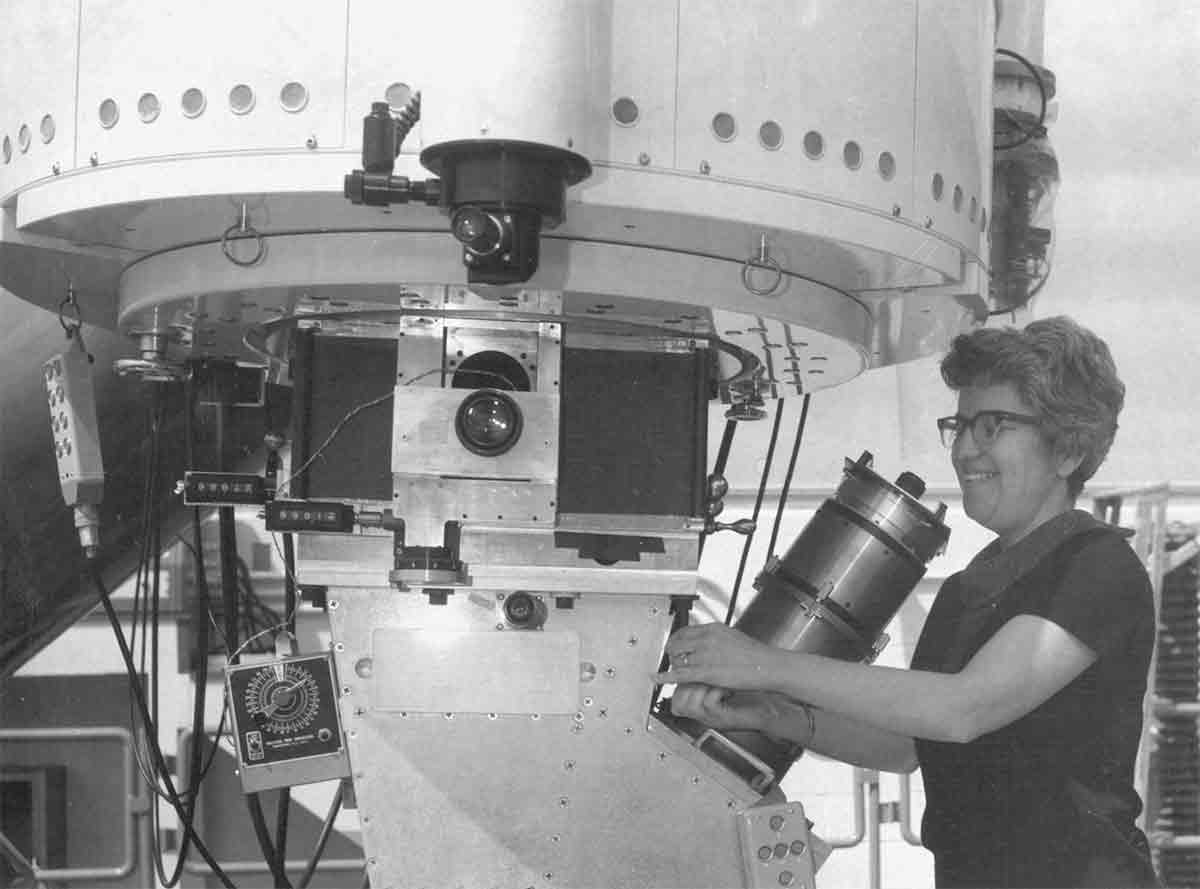NASA adds Blue Origin's New Glenn rocket as a launcher for future missions

Blue Origin's future New Glenn rocket will join NASA's fleet of commercial launch vehicles for flights in the mid-2020s, the agency and company announced this week.
The newly signed contract marks another expansion to NASA's stable of launch vehicles. The agency is already flying payloads on Blue Origin's suborbital vehicle, New Shepard, which has flown a dozen times. New Glenn, an orbital launcher, is designed to reuse its boosters, and company founder Jeff Bezos has said he hopes the vehicle will fly humans as well as cargo.
"The award builds on Blue Origin's existing partnership with NASA and will advance science and exploration to benefit Earth," Jarrett Jones, senior vice president for New Glenn at Blue Origin, said in a company statement. "We are proud to be in NASA's launch services catalog and look forward to providing reliable launches for future NASA missions aboard New Glenn for years to come."
Related: Blue Origin's lunar lander: A photo tour
The new contract doesn't commit NASA to launching any particular mission on New Glenn. Instead, it opens Blue Origin to compete for NASA's contracts under NASA Launch Services II, which is applicable for launches through December 2027, according to a NASA statement.
These vehicles must be able to carry at least 550 lbs. (250 kilograms), a bar New Glenn's design easily clears. Unlike modern heavy commercial vehicles, SpaceX's Falcon Heavy and United Launch Alliance's Delta IV Heavy, the New Glenn relies on one booster, not three.
The heavy-lift New Glenn rocket is a two-stage booster that stands 313 feet (95 meters) tall and has a lift capacity of up to 14 tons (13 metric tons) to geostationary orbit and 50 tons (45 metric tons) to low Earth orbit. Its uniquely large payload fairing (which is 23 feet wide, or 7 meters) will allow it to launch a variety of payloads from Blue Origin's pad at Launch Complex 36 of the Cape Canaveral Space Force Station in Florida.
Breaking space news, the latest updates on rocket launches, skywatching events and more!
The rocket's reusable first-stage booster will touch down on a waiting ocean platform after launch. It is designed to fly up to 25 times, Blue Origin has said. According to Blue Origin, New Glenn will make its first flight next year. That timeline makes it one of two commercial heavy rockets aiming to debut in 2021, along with United Launch Alliance's new Vulcan vehicle.
In addition to the new orbital opportunities and existing New Shepard flights, NASA and Blue Origin may have other partnerships in their future. The company has designed a robotic Blue Moon lander that NASA has accepted as an option for delivering lunar science and technology missions; in addition, Blue Origin is leading a coalition that is adapting that design as one of three contenders to land humans on the moon as part of NASA's Artemis program.
Email Meghan Bartels at mbartels@space.com or follow her on Twitter @meghanbartels. Follow us on Twitter @Spacedotcom and on Facebook.

Meghan is a senior writer at Space.com and has more than five years' experience as a science journalist based in New York City. She joined Space.com in July 2018, with previous writing published in outlets including Newsweek and Audubon. Meghan earned an MA in science journalism from New York University and a BA in classics from Georgetown University, and in her free time she enjoys reading and visiting museums. Follow her on Twitter at @meghanbartels.
